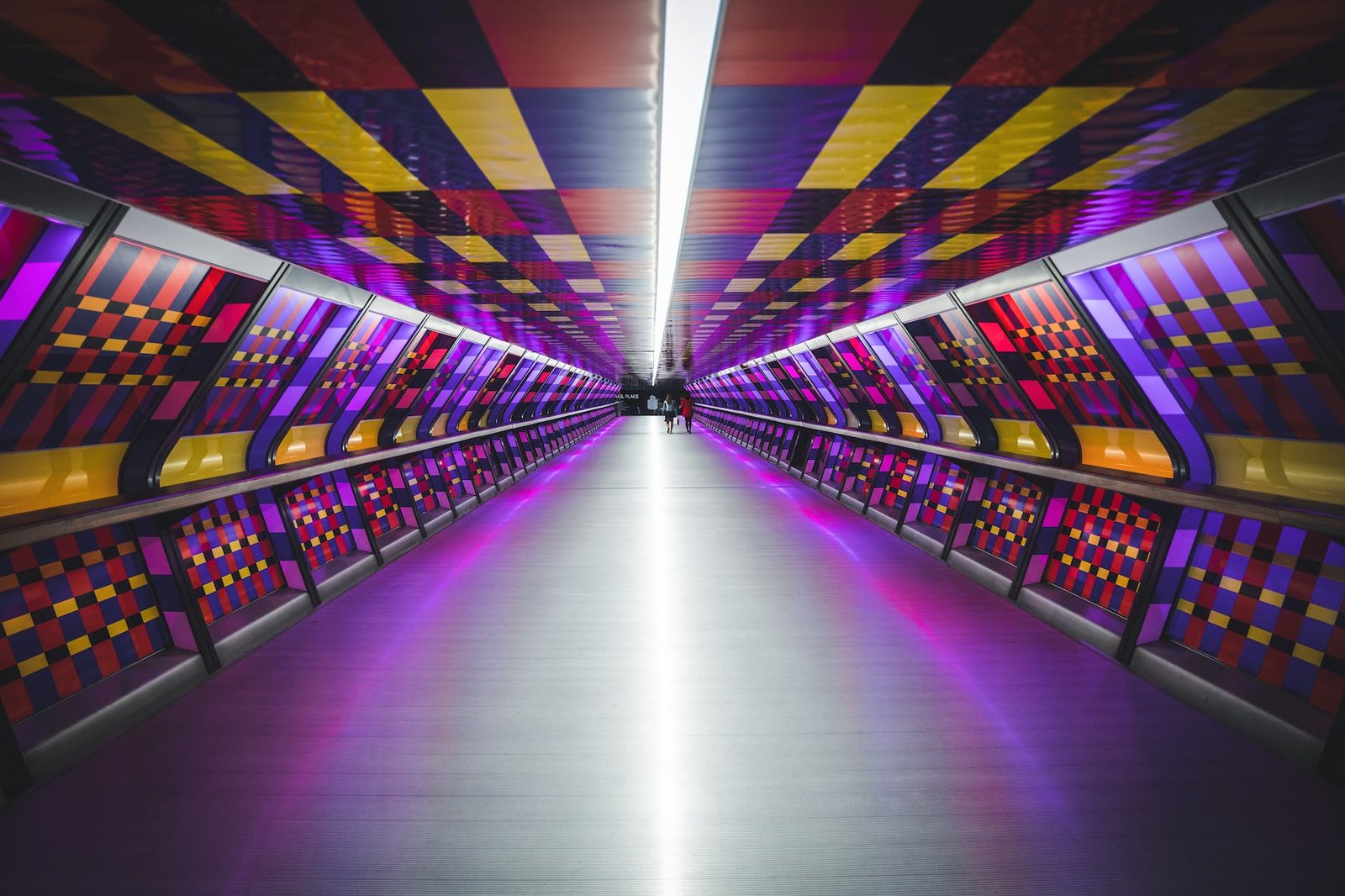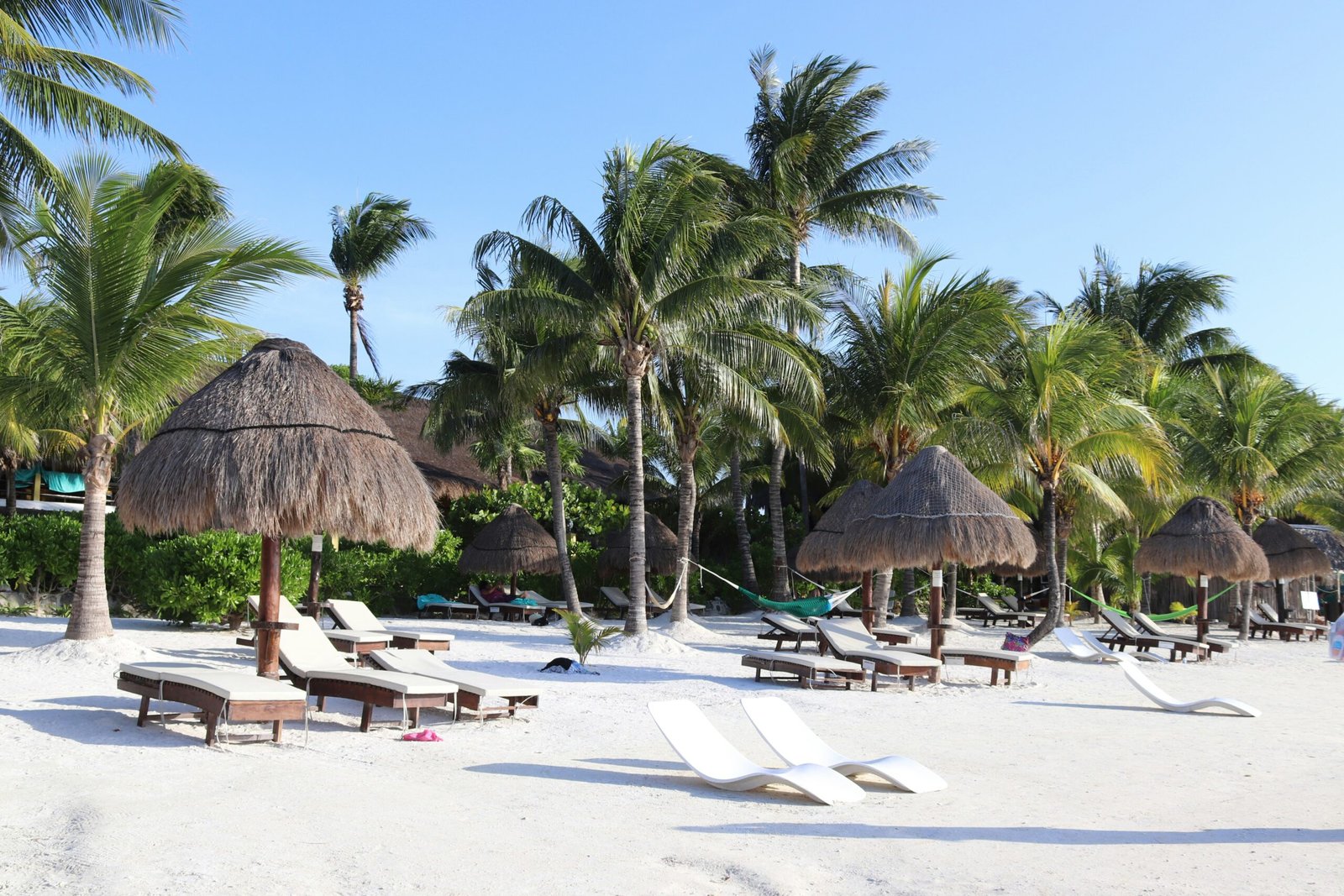Graphic design is a vast field that encompasses various aspects, including branding, advertising, typography, and more. One area that has gained significant attention in recent years is environmental design. Environmental design in graphic designing involves creating visual experiences that enhance the physical environment and engage the audience in a meaningful way.
What is Environmental Design?
Environmental design refers to the process of designing and creating visual elements that interact with the physical space. It goes beyond traditional graphic design by incorporating elements such as architecture, interior design, and urban planning. The goal of environmental design is to enhance the user experience and create a cohesive and visually appealing environment.
When it comes to graphic design, environmental design focuses on integrating visual elements seamlessly into the physical space. This can include signage, wayfinding systems, murals, digital displays, and more. The purpose is to communicate information effectively, create a sense of place, and evoke emotions.
The Importance of Environmental Design in Graphic Designing
Environmental design plays a crucial role in shaping the overall experience of a space. It has the power to transform a mundane environment into an immersive and memorable one. Here are a few reasons why environmental design is important in graphic designing:
1. Enhancing Brand Identity
Environmental design allows businesses to extend their brand identity beyond digital and print mediums. By incorporating brand elements into the physical space, such as colors, logos, and typography, companies can create a consistent and recognizable brand experience. This helps in building brand loyalty and increasing brand awareness.
2. Creating a Memorable Experience
Well-designed environments have the ability to leave a lasting impression on people. Whether it’s a retail store, a museum, or an office space, environmental design can create a unique and memorable experience for visitors. By carefully considering the placement of graphics, lighting, and interactive elements, designers can evoke emotions and engage the audience.
3. Improving Wayfinding and Navigation
Effective wayfinding is essential in any environment, be it a shopping mall, a hospital, or an airport. Environmental graphic design plays a crucial role in guiding people through complex spaces by providing clear signage, maps, and directional cues. This helps in reducing confusion, improving user experience, and increasing customer satisfaction.
4. Promoting Sustainability and Social Responsibility
Environmental design can also be used as a tool to promote sustainability and social responsibility. By incorporating eco-friendly materials, energy-efficient lighting, and informative graphics, designers can raise awareness about environmental issues and encourage responsible behavior.
Key Principles of Environmental Design
When creating an environmental design, designers follow certain principles to ensure a successful outcome. Here are some key principles of environmental design:
1. Contextual Integration
The design should complement and integrate seamlessly with the surrounding environment. It should take into consideration the architectural style, colors, and materials used in the space to create a cohesive visual experience.
2. Clear Communication
The design should effectively communicate the intended message or information. Whether it’s a directional sign or a promotional display, clarity is essential to ensure that the audience understands the purpose and can easily navigate the space.
3. User-Centric Approach
The design should prioritize the needs and preferences of the users. Understanding the target audience and their expectations is crucial in creating an environment that resonates with them and enhances their experience.
4. Flexibility and Adaptability
Environmental design should be flexible and adaptable to accommodate changes over time. As spaces evolve, the design should be able to incorporate new elements or adapt to different purposes without losing its effectiveness.
Conclusion
Environmental design in graphic designing is a powerful tool that can transform physical spaces into immersive and engaging environments. By considering the principles of contextual integration, clear communication, user-centric approach, and flexibility, designers can create visually appealing and functional environments that leave a lasting impact on the audience.
Whether it’s enhancing brand identity, creating memorable experiences, improving wayfinding, or promoting sustainability, environmental design plays a crucial role in shaping the overall user experience. As the field of graphic design continues to evolve, environmental design will undoubtedly play an increasingly important role in creating visually stunning and meaningful spaces.





